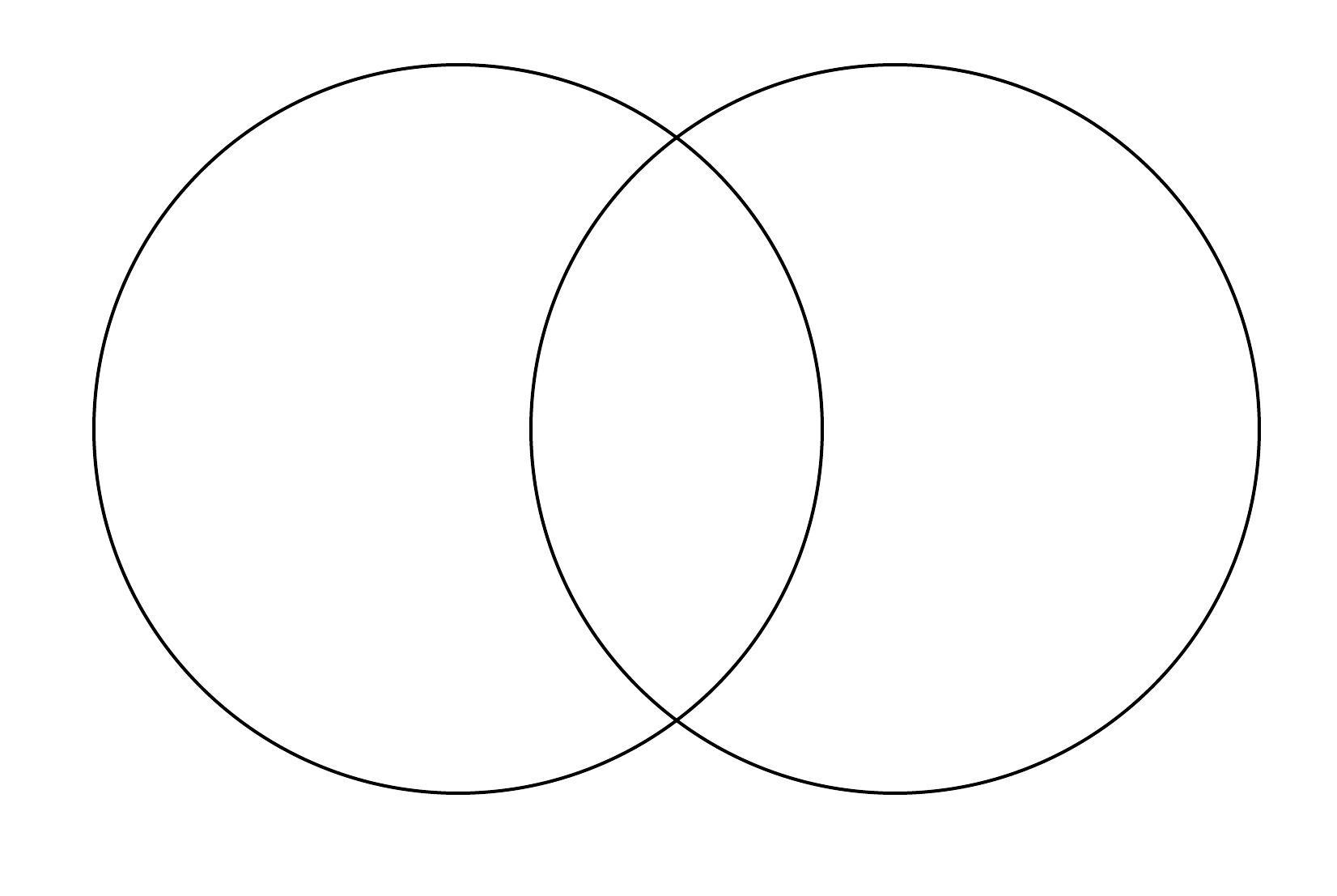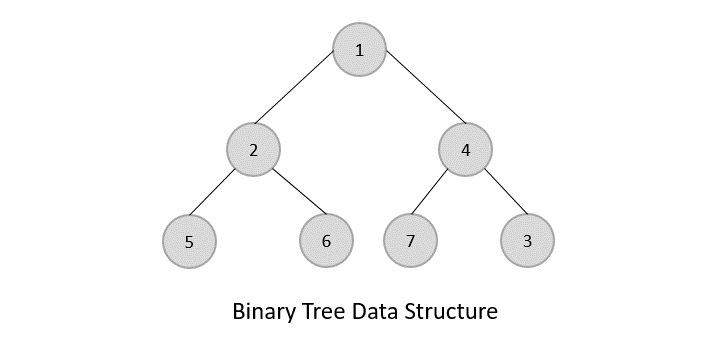Today I had an interview and I incorrectly answered a question. It was silly because I remember reading about this a long time ago honestly in a C++ book written by IBM from the 1990s. It’s one of the first books I read growing up when learning to code. My mother bought it for me from Salvation Army. It had a yellowish-orange and red cover. Anyways, just as a personal note and so that I don’t forget this again.
The order is as follows:
- Preprocessing – this is essentially the stage where the preprocessor parses the source files and looks for macros. This one is the one I’m most familiar with due to my heavy usage of Unreal Engine. Unreal Engine uses a lot of macros, and conditional compilation instructions.
Just as an example, in unreal engine there’s tons of conditional compilation instructions like this:
#if WITH_SERVER_CODE
#endif
#if WITH_EDITOR
#endifThere’s more information about the visual studio C++ preprocessor here: https://docs.microsoft.com/en-us/cpp/preprocessor/c-cpp-preprocessor-reference?view=msvc-160
The preprocessor is really amazing honestly. There’s some token-pasting operations using the ## tag in a macro. I found this example on here: https://docs.microsoft.com/en-us/cpp/preprocessor/token-pasting-operator-hash-hash?view=msvc-160
#define paster( n ) printf_s( "token" #n " = %d", token##n )
int token10 = 15;So essentially, if we call paster(10). It will essentially put token10 as the last parameter and it will fill in 15 where #n is at. So this will cause the console to print out “token10 = 15” There are other examples of preprocessor usage but those can be looked at on the reference I linked above.
- Compilation – This is basically where the compiler goes over the code again (after it has been filled in with proper pre-processor changes) and then it begins to generate assembly source code.
- Assembly – Takes assembly source code and builds an object file.
- Linking – Takes libraries and object files to create the executable file.


